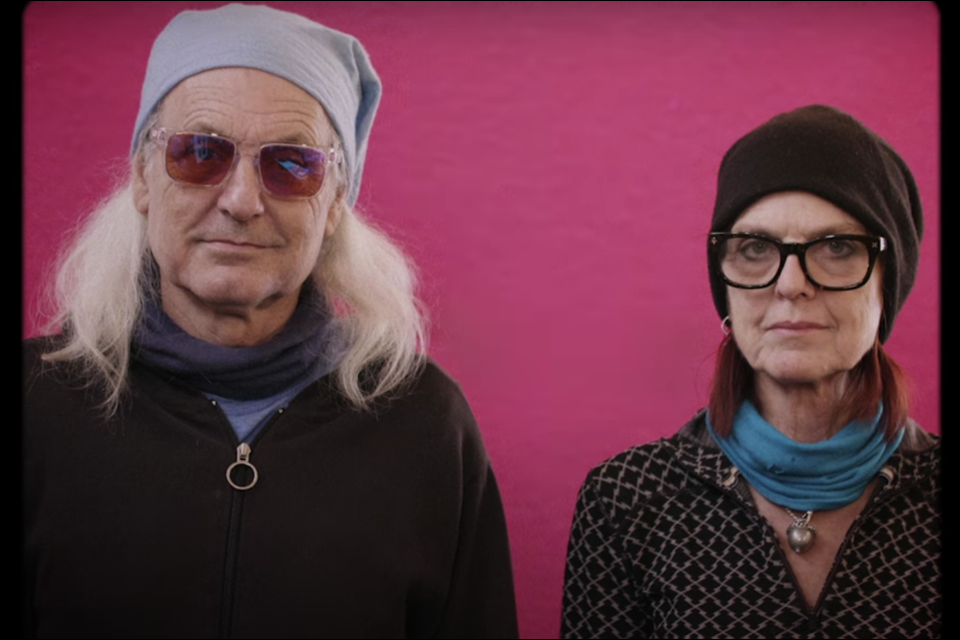Two University of Guelph professors have won a Governor General’s Award for their artistic joint authorship, FASTWÜRMS.
The project and trademark consists of Kim Kozzi and Dai Skuse, who have been working together since 1979.
They, along with eight other artists, were awarded $25,000 for their contribution to the arts. They will also receive a special-edition medallion produced by the Royal Canadian Mint, and their unique work will be on display at the National Gallery of Canada.
Skuse said it feels great to be recognized for their work, which consists of immersive installations, videos and live performance art that has been exhibited around the world.
The pair have taught in the graduate program and in print-making at U of G’s School of Fine Art and Music for the last 20 years or so. They also designed and created the gryphon statue that sits on the U of G campus.
Their interdisciplinary works of art operate on a DIY sensibility and reflect their queer and Witch Nation identity, abiding by an ethos that states: do what you want, harm unto none, and love is the law.
“In other words, this form of practice means that we don’t believe in laying down a numerable list of things that you shouldn’t do, we just say you should be able to do anything you want” unless it harms other people, Skuse said.
They want to maximize individual freedom in a way that doesn’t imperil anyone else's freedom, always acting with empathy rather than through transactional decisions.
Essentially, their goal is to create an open discourse by presenting ideas and knowledge through their art, making working models of new ways of being in the world.
They also consider themselves maximalist, in that they have “a lot of things going on in our work to provide some maximum amount of choice for the audience and for the viewers,” Skuse said.
One example of how this ethos penetrates their work is a studio they built on their property in Mulmur.
They built it with a green roof to grow plants on top, while also supporting “a whole community of insects and birds and so forth.”
A roof can serve structural purposes, they thought, but can it do other things?
“Can we replace the amount of footprint we took to build it?”
Skuse said it’s an example of maximizing, where they’re not eliminating 800 square feet of plants and grass and insect life; they’re just elevating it and creating another ecosystem.
This concept of maximizing and creating models for new ways of being appears in their art in the same way – testing and seeing if things can be made better, presenting their ideas to the world so other people can act on them.
Their next project, #VOLCANO_LOV3R, is being exhibited from May 19 to June 24 in Toronto. Consisting of tufting textiles, ceramics and water colours.
“The subject of the volcano is about world building perfusion and the procreative power of the volcano,” Skuse said. “At different stages of life on this planet, volcanoes have played an important role in both destruction and creation. It’s about this issue of how the future can be threatening to the present in the sense that everything’s always in flux.”
Their work is also being presented at ART SPIN’s ‘Public Sweat’ exhibit in Toronto from March 15 to April 23.
